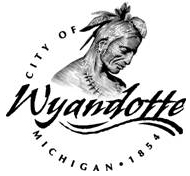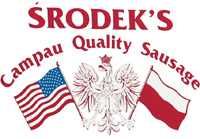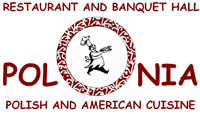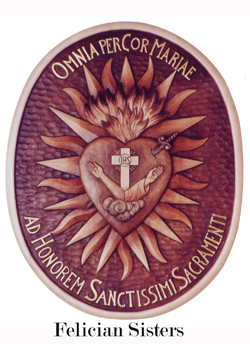|
A Historical look at Polish Wyandotte
 Polish Wyandotte had its beginning in the 1870’s when waves of immigrants from Eastern Europe came to America to escape the desperate poverty of their homelands. Poland, then a country crippled by generations of feudal serfdom war and oppression, contributed the lion’s share of these immigrants. It is estimated about 152,000 Poles left the provinces of Poznan, Bydgoszcz and Silesia, and whereas most were rural workers, many were well educated ‘intelligentsia’ escaping the Kulturkampf campaign going on in the Prussian partition at that time. It was this group who would provide a leadership base for Polish immigrants that followed. Polish Wyandotte had its beginning in the 1870’s when waves of immigrants from Eastern Europe came to America to escape the desperate poverty of their homelands. Poland, then a country crippled by generations of feudal serfdom war and oppression, contributed the lion’s share of these immigrants. It is estimated about 152,000 Poles left the provinces of Poznan, Bydgoszcz and Silesia, and whereas most were rural workers, many were well educated ‘intelligentsia’ escaping the Kulturkampf campaign going on in the Prussian partition at that time. It was this group who would provide a leadership base for Polish immigrants that followed.
The Polish migration to Wyandotte followed that of the Irish and German communities. During the 1890s, a large Polish community began to form in Wyandotte, with the bulk of those immigrants arriving in the first decade of this century. Then men found ready employment at the shipyard and chemical industries of the city.
Wyandotte’s first Polish community settled on the west side of town just beyond the railroad tracks and north of Eureka Avenue. By 1896, this settlement was already known as Glenwood and was expanding rapidly as family after family proudly built their homes and raised their children. While the settlement was still in its infancy, the need was felt for a Catholic Church of their own. In 1899, Our Lady of Mount Carmel Roman Catholic Church was founded. A church building was dedicated in the following year, and the Polish community found spiritual comfort as they worshiped in their native tongue. The present huge church was the most impressive building downriver. Our Lady of Mount Carmel Church was built in the Italian Renaissance style, and the extensive marble, the rich ornamental plaster and the towering twin spires captured the old world influence of the deeply religious Polish heritage.
A second Polish community began to form around 1910 in what was then Ford City. This was located in the area north of Ford Avenue and east of the railroad tracks and in a smaller section north of Goddard Road and west of the railroad tracks. In 1914, St. Stanislaus Kostka Roman Catholic Church was founded and the parish became the heart of this new Polish community. Another Polish settlement formed in the south end of Wyandotte and in 1925 St. Helena Roman Catholic Church was founded to serve this group of families. Wyandotte’s early Polish immigrants also manifested a deep concern for the education of their children. Soon after the founding of each of these Polish Catholic Churches an elementary school was added to the parish. St. Stanislaus Kostka Church still maintains an elementary school in the city and Our Lady of Mount Carmel Church proudly offers a complete twelve-year educational program.
The customs and traditions of the old country which the Poles brought with them to America are still much in evidence in Wyandotte.
The love of God and their country by the Poles in Wyandotte is represented by the numerous fraternal and civic organizations still active within the city. The Polish Roman Catholic Union (PRCU) and the Polish National Alliance (Dom Polski) are church affiliated fraternal groups. Civic organizations include the Polish American Citizens Club and three Polish-Legion of American Veterans Posts. The community can also look with pride to the city’s beautiful Pulaski Memorial Park. Named in honor of the Polish Revolutionary War hero, Brigadier-General, Kazimierz Pułaski, the park has served as a focal point of many Polish social activities throughout the years in Wyandotte. |







